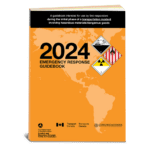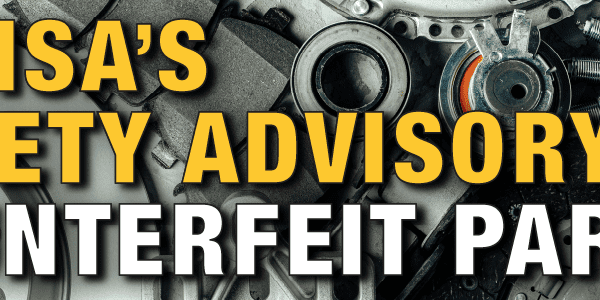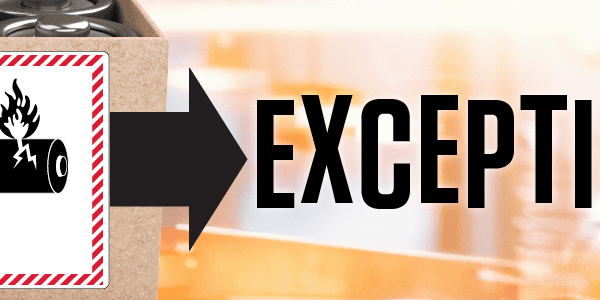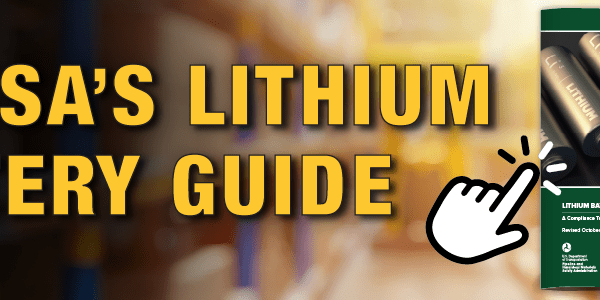
The 2024 Emergency Response Guidebook Is Coming!
Emergencies can happen at any time, and it’s vital to be prepared. But with the thousands of different types of hazardous materials in transport, how can you (or emergency response teams) be prepared to deal with all of them? There’s a quick way to find out what you need to do for any hazardous materials incident – the North American Emergency Response Guidebook.
What is the Emergency Response Guidebook?
The Emergency Response Guidebook, or ERG, is a case of “what it says on the tin.” The full name is The Emergency Response Guidebook: A Guidebook for First Responders During the Initial Phase of a Dangerous Goods/Hazardous Materials Transportation Incident. It’s the solution to a problem that was observed by the North American governments as hazardous materials began to be a major part of North American commerce – the need for a compact, easy-to-use, and accurate resource for initial emergency hazmat responders. Together, the United States Department of Transportation (DOT), Transport Canada, and the Mexican Secretariat of Infrastructure, Communications, and Transportation created the ERG to be an inexpensive and portable solution for the needs of responders.
The ERG has been around for a while, being originally published in 1973, and currently updated once every four years. Nowadays, it’s available in hard copy, electronic, and smartphone app form, the goals being to make it both easily portable and inexpensive to keep on hand. (Note that emergency responders are required to keep a hard copy available on their vehicles.)
The design of the book includes:
- A summary of hazardous materials labels and placards, and also the various types of vehicles and freight containers that may be carrying hazardous materials.
- Yellow pages – a numerical list of UN and NA numbers that responders may encounter and what type of hazardous materials they refer to. Note that this list may include obsolete entries that might still be found in practice. Each entry will conclude with a reference to a specific guide to be used for emergency response.
- Blue pages – an alphabetical listing of shipping names and a reference to the relevant guide.
- Orange pages – these contain the guides that were referred to by the yellow and blue pages. Each contains general instructions for emergency response, including fire response, spill, or leak response, and first aid, as well as a summary of the general potential hazards of such products and steps for public safety, such as evacuation measures if required.
- Green pages – these describe suggested isolation and protective action distances.
- White pages – these include a discussion of general emergency response procedures and concerns, such as the selection of Personal Protective Equipment (PPE) and how to recognize chemical, biological, and radiological incidents.
What’s New for 2024?
While the final version of the ERG isn’t out yet, the Pipelines and Hazardous Materials Safety Administration (PHMSA), the part of the DOT dealing with hazardous materials, has indicated that the following changes will likely be in the final version.
- The ERG has always included telephone numbers for reporting hazardous materials incidents in the U.S., Canada, and Mexico. Now, to make reporting even easier, there will be a QR code that can be used instead of just a telephone number. (As someone who discovered in an emergency how hard it can be to even dial “9-1-1”, this will likely be a big help!)
- The illustrated guides on labels, placards, and recognizing vehicles and freight containers will be updated to eliminate obsolete items and introduce new ones since 2020.
- Specifics on dealing with electric vehicle fires will be provided. While still rare, these fires require a specialized response and have special risks to the public. Here is the story of an e-bike fire on the Toronto subway recently.
- At least two guides, 115 for flammable gases and 140 for oxidizers, will be expanded with more information.
- First aid will be removed from its current location in the orange pages and be given its own section. Possibly, this will be more in line with the International Maritime Dangerous Goods Code (IMDG), which addresses first aid more by the symptoms of the affected person than by the specific chemical involved.
- There will be specific sections on dealing with chemical warfare substances such as nerve gas and biological agents such as anthrax.
- Since two of the two-year cycles of the UN Recommendations on the Transportation of Dangerous Goods have passed since the last update to the ERG, some shipping names and UN numbers are out of date, and new ones have appeared, so the tables will be revised to reflect this.
Who Should Get the ERG 2024?
Depending on which country you’re in, the ERG may be mandatory equipment for emergency responders and may be available free of charge. However, the ERG isn’t just for firefighters, paramedics, and spill cleanup crews. If you:
- handle hazardous materials,
- store them on your site,
- carry them for transport,
- do spill cleanup for your site, or
- plan your organization’s response,
The guide can be an invaluable resource. Pre-order your 2024 copy today by calling ICC at 888-442-9628 (U.S.) or 888-977-4834 (Canada) or find it online here.
Stay up to date and sign up for our newsletter!
We have all the products, services and training you need to ensure your staff is properly trained and informed.
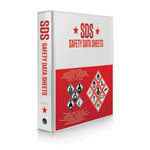 Safety Data Sheet Safety Data Sheet(SDS) Services |
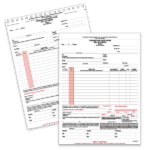 Shipping Forms Shipping Forms |
Sources:
Wikipedia, Emergency Response Guidebook

